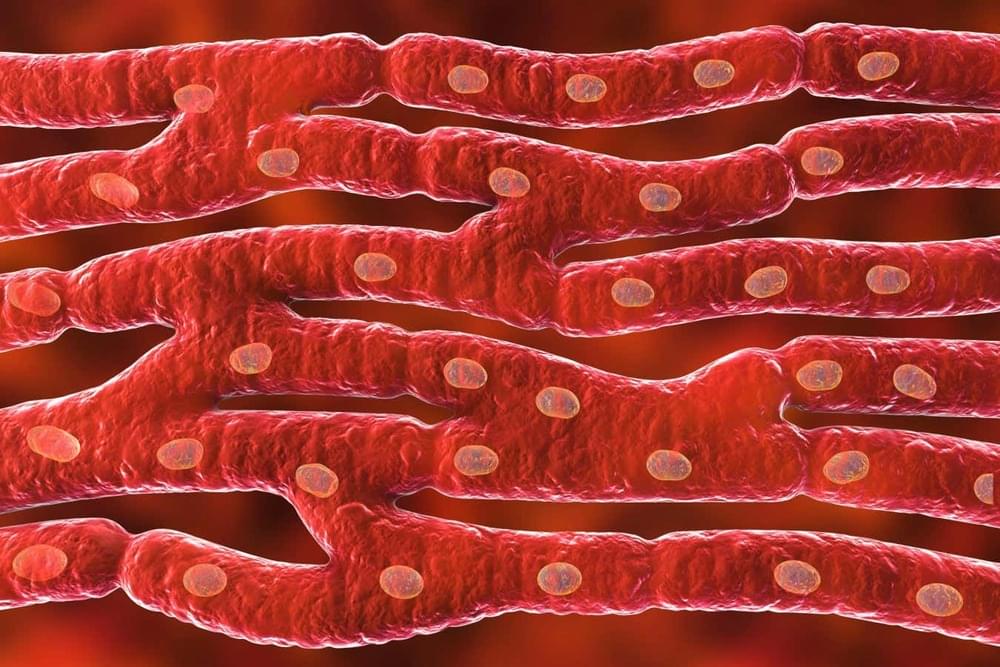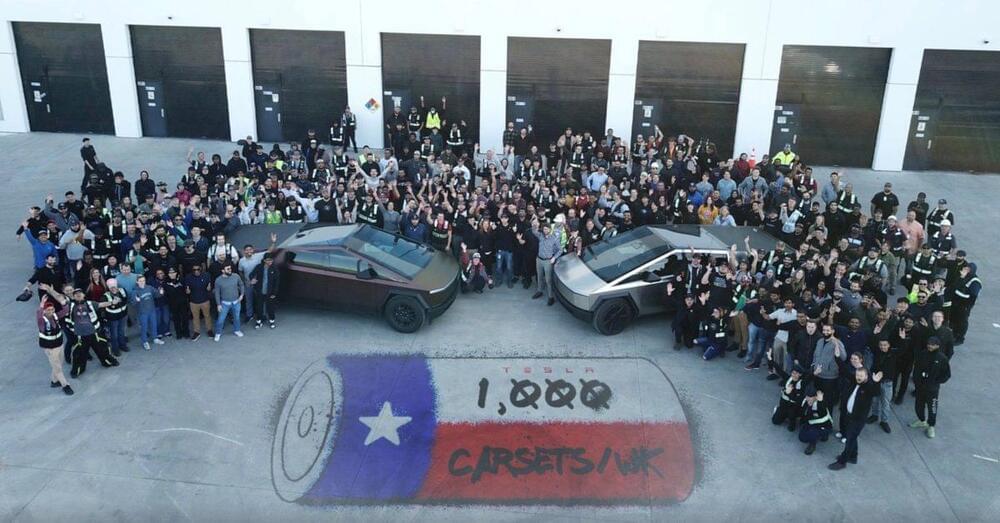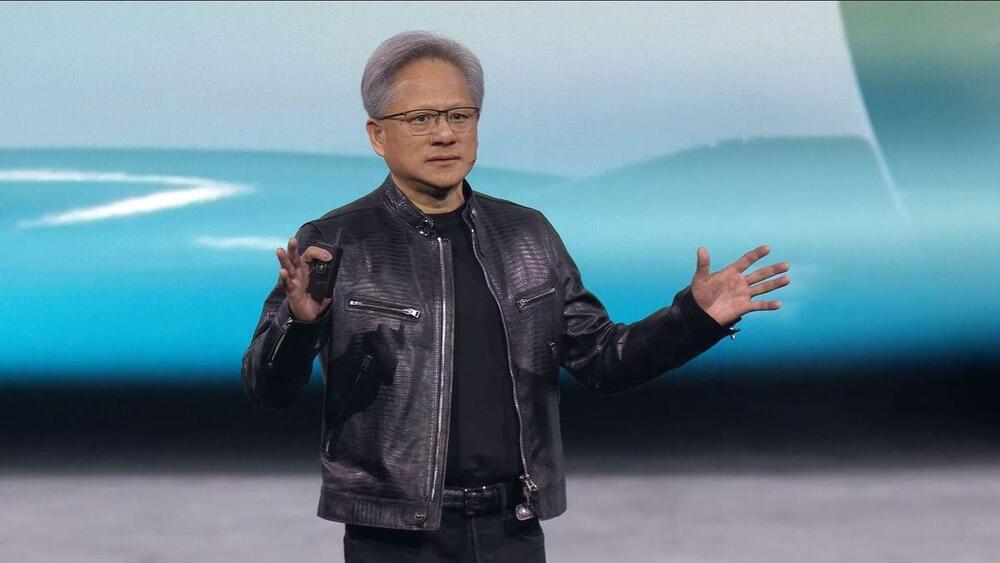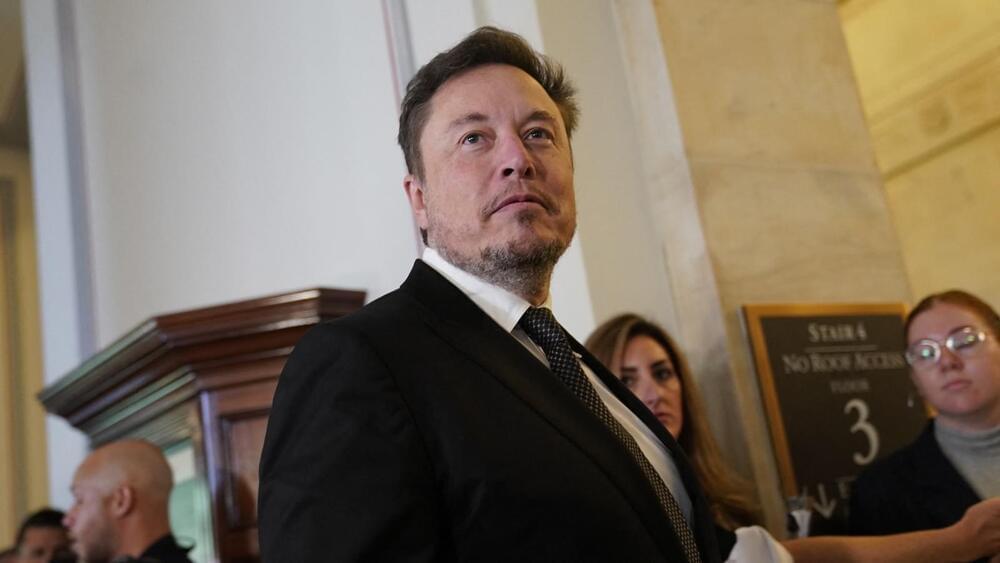CEO of OpenAI Sam Altman was speaking at Davos. Find out more here:
In the Davos session, ‘Technology in a Turbulent World’, OpenAI CEO Sam Altman explained where he sees AI heading. #wef24 #AI



A combination of widely available antibiotics may be able to treat heart failure after researchers found that the therapy regenerates heart cells in animals.
By Grace Wade
Video footage meant for investors has leaked, showing Aptera Motors co-founders and co-CEOs Steve Fambro and Chris Anthony discussing many topics about the solar EV startup’s future, including a potential IPO.
Usually, when we share progress updates from notable solar EV developer Aptera Motors, they come directly from the horse’s mouth. The born-again startup is known for keeping an open line of communication with its growing fanbase of investors, Accelerator program reservation holders, and EV enthusiasts who want to see a company bring solar-powered vehicles to mass production.
The latest public update came in late February as Aptera’s co-CEOs teased its flagship vehicle’s upcoming app and battery tech while giving the viewers a glimpse of the three-wheeled EV’s Body in Carbon (BinC), which ended up on display at JEC World 2024 in Paris earlier this month.

Amid a flood of new competition, Ford is shifting plans to build more affordable electric vehicles. Ford is developing a new low-cost EV platform to power a small electric pickup and SUV, with starting prices around $25,000. However, due to the pivot, plans for its three-row electric SUV have been put on the back burner.
Although low-cost Chinese passenger EVs, like BYD, are not sold in the US, they are having a big impact on domestic automakers.
Ford’s CEO Jim Farley reiterated his concerns over the low-cost overseas rivals during a Wolfe Research conference last month. Farley explained that if you cannot compete with Chinese automakers, “20% to 30% of your revenue is at risk.”

Tesla has confirmed that it has ramped battery cell production enough to 1,000 Cybertrucks a week at Gigafactory Texas.
The automaker hasn’t been releasing many details about its effort to ramp up its own battery cell production at Gigafactory Texas.
At first, it was 4,680 cells for the Model Y, but with the start of Cybertruck production, Tesla switched production to a new version of the cell for the electric pickup truck.



SpaceX’s Starship, despite facing challenges and setbacks, is on the verge of its fourth flight with upgraded engines and is poised to revolutionize space travel with its unprecedented lift capacity.
Questions to inspire discussion.
What is the current status of SpaceX’s Starship?
—The Starship is on the verge of its fourth flight with upgraded engines.